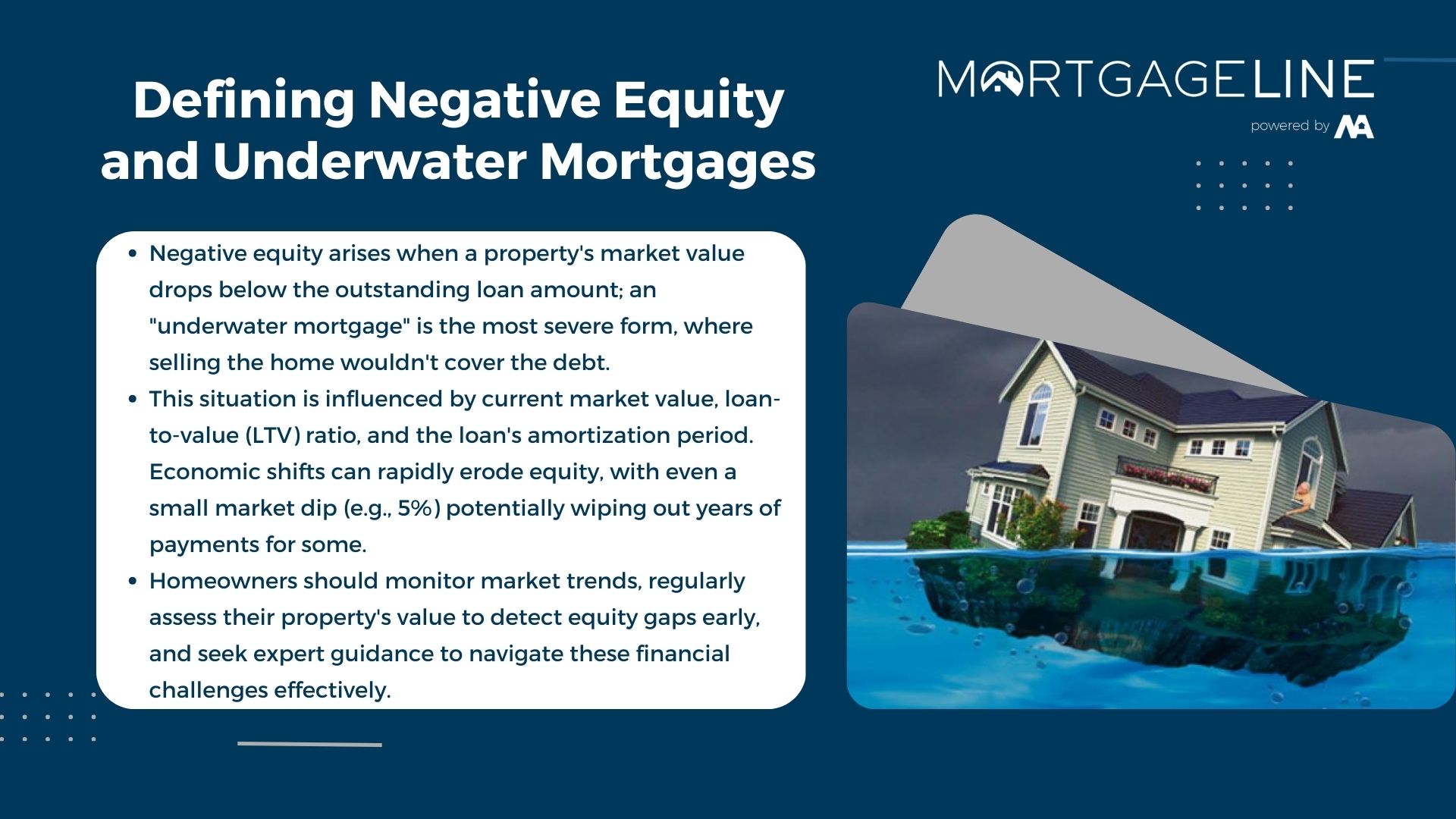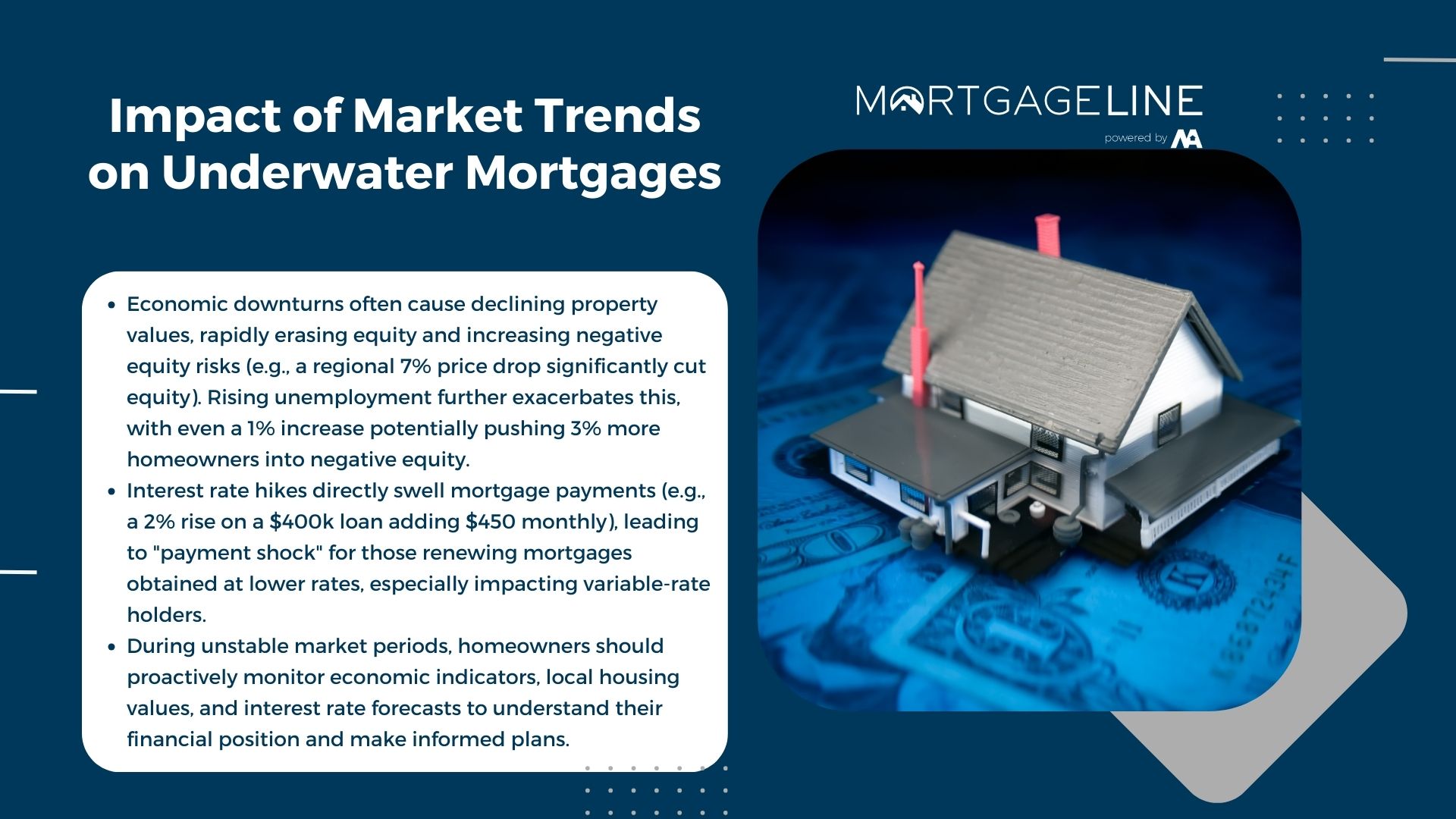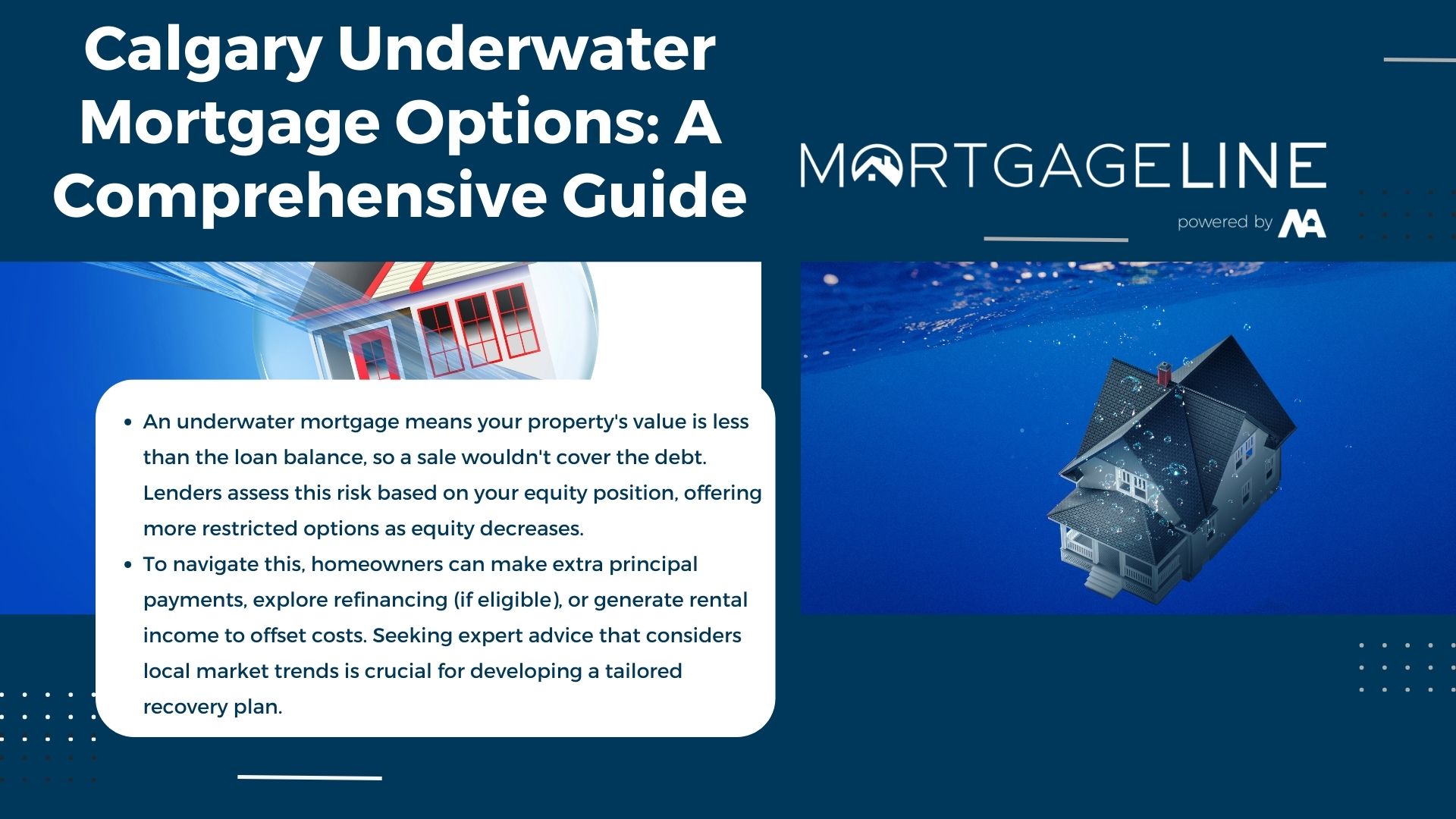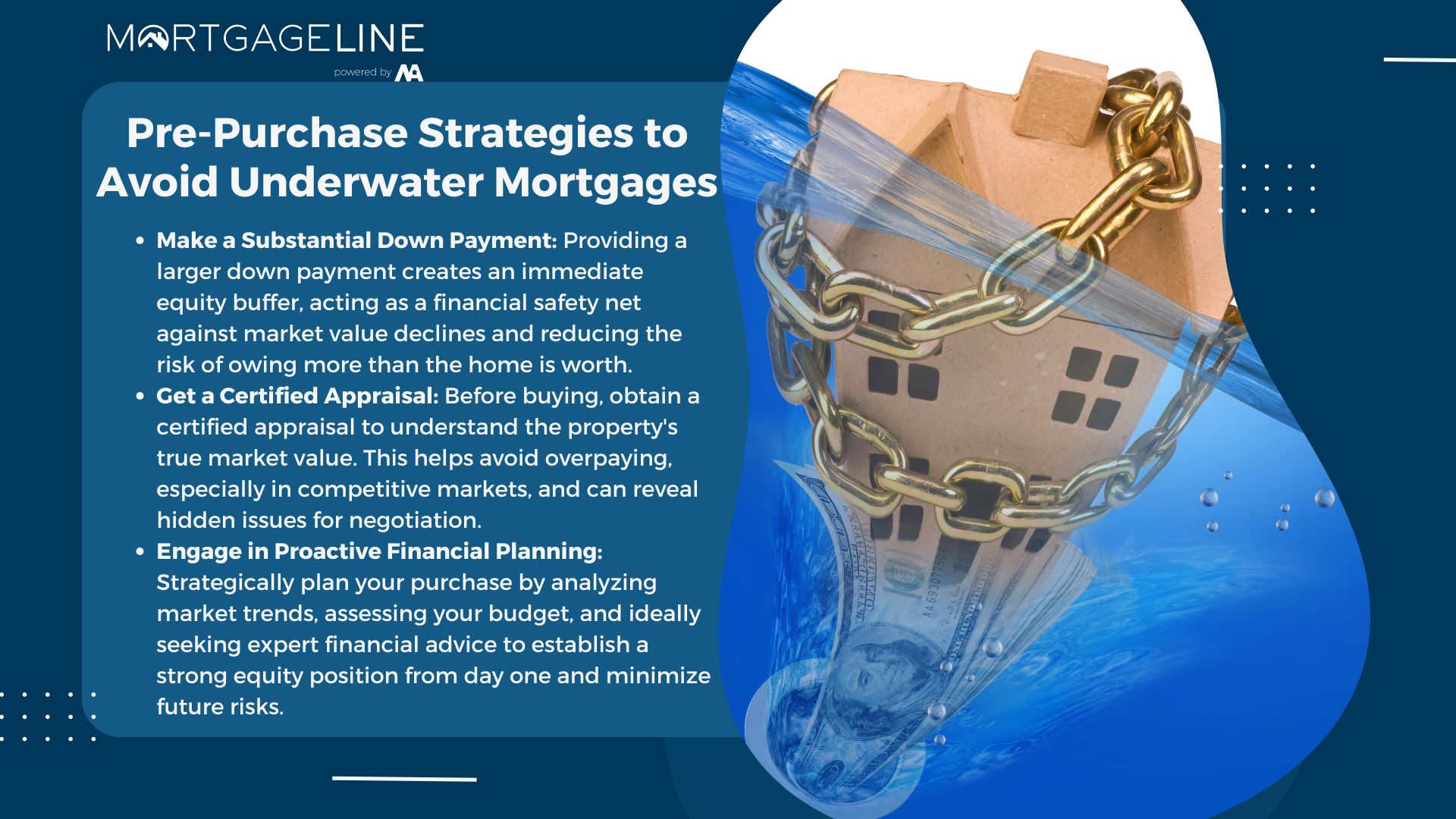
When your property’s value drops below what you owe on your loan, it creates a complex financial situation many homeowners aim to avoid. Industry experts like Robert McLister emphasize this scenario often arises from shifting real estate markets or unexpected economic changes. In Alberta’s dynamic housing landscape, understanding your choices becomes critical.
First-time buyers who made smaller down payments face higher risks if property values decline. Walter Melanson notes proactive planning helps mitigate these challenges. Whether you’re exploring ways to sell home assets or seeking stability, tailored guidance matters.
The Second Mortgage Store in Alberta offers personalized strategies for homeowners navigating these situations. With local expertise and a focus on clarity, their team helps clients explore practical solutions without pressure. Call them at +1 403-827-6630 to discuss your unique needs.
This article outlines preventative measures and alternative approaches to regain financial footing. You’ll discover actionable insights designed for both new buyers and long-term property owners.
Key Takeaways
- Market fluctuations can create gaps between loan balances and property values
- Small down payments increase vulnerability during economic shifts
- Expert advisors provide customized strategies for equity challenges
- Multiple pathways exist to address financial imbalances in housing
- Early action improves outcomes for homeowners in complex situations
Introduction to Underwater Mortgages in Calgary
Imagine owing more on your house than it’s currently worth—this financial pinch affects many property owners during market shifts. Negative equity occurs when a home’s value falls below the remaining loan balance, creating challenges for selling or refinancing.
How Equity Gaps Develop
Small down payments leave little room for error. For example, putting 5% down on a $500,000 property means owing $475,000 immediately. If prices drop 10%, the loan balance exceeds the house’s value by $25,000.
| Down Payment | Risk Level | Equity Buffer |
|---|---|---|
| 5% | High | Low |
| 10% | Moderate | Medium |
| 20%+ | Low | High |
Local Market Realities
Recent data shows 12% of Alberta homeowners experienced negative equity during the 2023 market correction. One first-time buyer shared: “We thought we’d built stability, but the value drop erased our progress overnight.”
The Second Mortgage Store helps Calgary residents navigate these situations with tailored strategies. Their team analyzes local estate trends to create actionable plans, whether you’re considering refinancing or exploring alternative solutions.
Defining Negative Equity and Underwater Mortgages

Owning a home that’s worth less than your loan balance can trap even careful buyers in financial uncertainty. This imbalance, called negative equity, occurs when a property’s market value dips below the amount owed to the lender. While often confused with underwater status, these terms differ in severity and implications.
Understanding Key Terminology
Negative equity describes any scenario where loan balances exceed property worth. An underwater situation represents the most extreme form, where selling wouldn’t cover the debt. Lenders assess these risks based on three factors:
| Term | Definition | Impact |
|---|---|---|
| Market Value | Current price buyers would pay | Determines equity position |
| Loan-to-Value Ratio | Debt compared to property worth | Affects refinancing options |
| Amortization Period | Timeframe to repay the loan | Influences equity growth rate |
Economic shifts can erase equity gains quickly. As one lender explains: “A 5% market drop eliminates two years of payments for buyers with 10% down.” The Second Mortgage Store simplifies this complexity through plain-language consultations, helping clients grasp their exact position.
Property owners should monitor local trends and lender requirements. Regular value assessments help catch equity gaps early, creating more time to adjust strategies. With expert guidance, even challenging scenarios become manageable.
Impact of Market Trends on Underwater Mortgages

Market shifts can turn homeownership dreams into financial puzzles overnight. Local housing values and broader economic forces shape how loans perform over time. Understanding these patterns helps homeowners make smarter decisions about their properties.
Effect of Economic Downturns
When economies slow, housing markets often follow. Calgary saw a 7% price drop in 2022 after energy sector layoffs. This erased $40,000 in equity for average condo owners. Declining values push loan balances above property worth, creating repayment challenges.
“Every 1% unemployment increase correlates with 3% more homeowners facing negative equity,” notes Alberta economist Lila Tremblay.
Role of Interest Rates
Rate hikes directly affect monthly payments. A 2% increase on a $400,000 loan adds $450 to monthly bills. This table shows how different rate environments change costs:
| Rate Type | 2021 Payment | 2023 Payment |
|---|---|---|
| Fixed (5-year) | $1,900 | $2,350 |
| Variable | $1,650 | $2,600 |
Fluctuations alter the way homeowners manage budgets. Those who bought during low-rate years face payment shocks when renewing. Staying updated on rate forecasts helps plan ahead.
Proactive monitoring matters during unstable periods. Later sections explore strategies to counter these trends through refinancing and equity-building techniques.
Calgary Underwater Mortgage Options: A Comprehensive Guide

Staying afloat in shifting real estate markets requires understanding both risks and recovery paths. Equity gaps often emerge when housing values decline faster than loan balances decrease. In Alberta’s urban centers, these challenges demand localized strategies tailored to community-specific trends.
How It Works in Real Estate
Property values and loan terms create a delicate balance. When markets dip, homeowners may discover their sale price won’t cover their remaining debt. Lenders assess these risks through three primary metrics:
| Equity Position | Lender Response | Sale Feasibility |
|---|---|---|
| Above 10% | Standard approval | High |
| 0-10% | Stricter terms | Moderate |
| Negative | Restricted options | Low |
The Second Mortgage Store recently helped a client facing a $75,000 equity shortfall. By negotiating with multiple lenders, they secured revised payment terms avoiding forced sale scenarios.
Navigating Negative Equity
Proactive steps can stabilize your financial footing. Consider these approaches:
- Extra prepayments: Reduce principal faster to rebuild equity
- Refinancing: Lock in better rates if lenders approve
- Rental income: Offset costs while waiting for market recovery
One Calgary homeowner shared: “We rented our basement suite, covering 30% of our monthly payments until values rebounded.” Local experts emphasize understanding lender requirements and municipal trends before deciding on a sale.
The Second Mortgage Store analyzes Calgary’s unique lot values and neighborhood trajectories to craft recovery plans. Their team identifies solutions aligning with both personal goals and market realities.
Pre-Purchase Strategies to Avoid Underwater Mortgages

Smart planning before buying a home can prevent future financial strain. Strategic decisions during the purchase phase create stronger equity positions, even when markets fluctuate. The Second Mortgage Store emphasizes three core tactics to build resilience from day one.
Building Equity Through Initial Investments
A larger down payment acts as a financial safety net. For example, putting 20% down on a $400,000 property immediately creates $80,000 in equity. This buffer protects against value dips that might otherwise push loans above the home’s worth.
| Down Payment | Risk Level | Equity Buffer |
|---|---|---|
| 5% | High | $20,000 |
| 10% | Moderate | $40,000 |
| 20% | Low | $80,000 |
Certified appraisals help buyers understand true property value. One homeowner shared: “Our pre-purchase appraisal revealed hidden repair costs, letting us negotiate a better price.” Experts recommend this step to avoid overpaying in competitive markets.
- Long-term stability: Larger initial investments reduce monthly payments and interest costs
- Marketproofing: Equity buffers withstand economic shifts better than minimal down payments
- Flexibility: Strong equity positions enable easier refinancing if needed
Proactive buyers who plan ahead often avoid stressful financial situations. The Second Mortgage Store’s advisors help clients analyze local trends and personal budgets to find optimal purchase strategies. Their guidance turns complex calculations into clear action plans.
Navigating Mortgage Options When Negative Equity Strikes
Facing negative equity requires quick decisions to stabilize your finances. Choosing between selling or renting involves weighing immediate costs against long-term recovery potential. Each path impacts your money management and future equity growth differently.
Selling vs. Renting Options
Homeowners often debate whether to sell at a loss or rent their property. Selling quickly reduces debt but might leave a shortfall if the sale price doesn’t cover the loan balance. Renting generates income while waiting for market rebounds, though it demands ongoing maintenance.
| Option | Financial Impact | Time Commitment | Risk Level |
|---|---|---|---|
| Sell Now | Immediate debt reduction | Low | High (price volatility) |
| Rent Out | Steady income stream | Moderate | Medium (tenant risks) |
A recent case study showed renting covered 65% of monthly payments for an Alberta homeowner. This strategy bought time until local rates stabilized and property values improved.
Adjusting Mortgage Payments
Restructuring payments can ease financial pressure. Consider these methods:
- Extended amortization: Lowers monthly costs by spreading the balance over more years
- Lump-sum payments: Reduces principal faster when extra money becomes available
- Rate renegotiation: Secures better terms if credit scores or market rates improve
One family saved $18,000 annually by switching to biweekly payments and negotiating a 0.75% rate reduction. Regularly reviewing your loan terms helps identify savings opportunities as economic conditions shift.
Timely action prevents small gaps from becoming unmanageable. Consulting professionals ensures decisions align with both current budgets and future price recovery timelines.
Creative Solutions for Managing Negative Equity
Property owners facing equity challenges have more options than they might realize. Strategic financial moves can transform precarious situations into manageable pathways forward. Let’s explore practical approaches tailored to urban markets.
Accelerating Equity Growth
Adding extra payments reduces principal balances faster. Even $200 monthly toward a $400,000 loan cuts 4 years off a 25-year term. This table shows how prepayment amounts impact equity:
| Monthly Extra | Annual Principal Reduction | 5-Year Equity Gain |
|---|---|---|
| $100 | $1,200 | $6,000+interest |
| $300 | $3,600 | $18,000+interest |
| $500 | $6,000 | $30,000+interest |
Refinancing can also help. Securing lower rates reduces monthly costs, freeing up cash for principal payments. One city homeowner saved $12,000 annually through rate renegotiation and targeted prepayments.
Strategic Exit Plans
Short sales allow selling below loan balances with lender approval. While impacting credit scores temporarily, they avoid foreclosure costs. Key considerations include:
- Approval timelines (typically 60-90 days)
- Tax implications for forgiven debt
- Minimum sale price requirements
Income Diversification Tactics
Rental conversions offer dual benefits. A basement suite can cover 40% of monthly costs in many Canadian cities. One investor shared: “We offset $1,800 monthly by renting unused space until values recovered.”
Always evaluate renovation costs against potential rental income. Professional advisors can help structure competitive offers while protecting your interests. With creative planning, even complex equity gaps become solvable puzzles.
Expert Insights and Real-Life Examples
Industry leaders emphasize strategic thinking when navigating equity challenges. Robert McLister states: “Homeowners often panic during value drops, but disciplined planning creates pathways to recovery.” This mindset shift helps families avoid rushed decisions during financial stress.
Advice from Industry Leaders
Walter Melanson recommends three steps for those who owe more than their home’s worth:
- Assess refinancing eligibility before rates shift
- Explore hybrid solutions like partial rental income
- Consult professionals about bankruptcy consumer proposals as last-resort options
Melanson notes: “Families often don’t realize they’re going get better terms by working with multiple lenders simultaneously.” This approach helped 62% of clients in a recent survey reduce monthly payments by 15-30%.
Case Studies from Local Residents
A Calgary couple faced owing $85,000 above their property’s value after job losses. The Second Mortgage Store negotiated:
| Strategy | Timeline | Result |
|---|---|---|
| Extended amortization | 6 months | $400/month savings |
| Basement suite rental | 3 months | $1,200/month income |
They avoided bankruptcy consumer proposals through this tailored plan. Another homeowner stabilized their situation by selling secondary assets while waiting for market recovery.
These examples show how professional guidance transforms “we’re going get foreclosed” scenarios into manageable journeys. Early intervention and creative problem-solving often prevent the need for drastic measures.
Short Sales, Deed-in-Lieu, and Other Alternatives
What happens when keeping your home becomes financially unsustainable? Exploring exit strategies helps homeowners regain control. Each option carries distinct implications for credit health and future borrowing potential.
Pros and Cons of Each Option
A short sale occurs when lenders approve selling a property below the loan balance. This avoids foreclosure but requires extensive documentation. In contrast, a deed-in-lieu transfers ownership directly to the lender, bypassing lengthy sales processes.
| Option | Credit Impact | Timeline | Financial Implications |
|---|---|---|---|
| Short Sale | Moderate (80-100 point drop) | 4-7 months | Possible tax on forgiven debt |
| Deed-in-Lieu | Severe (120-150 point drop) | 2-3 months | No sale costs |
| Consumer Proposal | Varies | 5+ years | Partial debt repayment |
Consumer proposals work best for those with multiple debts beyond mortgage balances. One Alberta resident avoided bankruptcy by restructuring $65,000 in debt through this legal process. However, it stays on credit reports for three years after completion.
Negotiating with lenders requires clear communication. Prepare these documents:
- Recent income statements
- Property valuation reports
- Comparative market analysis
As financial advisor Tara Chen notes: “Homeowners who’re going through these processes often secure better terms by demonstrating proactive efforts to pay mortgage obligations.” Understanding your home’s worth and lender requirements creates leverage during discussions.
Each choice affects long-term financial flexibility differently. Weighing short-term relief against future goals helps identify the optimal path forward.
The Role of Lenders and Financial Professionals in Underwater Mortgages
Navigating financial challenges in real estate often requires partnering with experienced professionals. Lenders and advisors provide critical support when balancing loan obligations with shifting property values. Their expertise helps homeowners explore structured pathways to stability.
Working with a Mortgage Planner
Qualified planners analyze your equity home position and market trends to create tailored strategies. They negotiate with mortgage lenders to adjust terms, potentially lowering monthly payments or extending timelines. This table shows common scenarios they address:
| Situation | Without Planner | With Planner |
|---|---|---|
| Payment Negotiations | Limited flexibility | Customized repayment plans |
| Equity Restoration | Slow progress | Targeted prepayment strategies |
| Lender Communication | Generic responses | Priority case handling |
The Second Mortgage Store recently helped a client reduce payments by 22% through lender mediation. Their team secured terms aligning with the homeowner’s income changes.
When to Seek Professional Advice
Contact experts if you’re underwater on payments or facing these signs:
- Consistently missing monthly deadlines
- Property value drops exceeding 15%
- Unclear refinancing eligibility
One advisor notes: “Early intervention prevents minor gaps from becoming crises.” Regular check-ins with your mortgage lender ensure you’re informed about rate changes or relief programs.
Financial professionals simplify complex decisions through data-driven insights. They transform overwhelming scenarios into actionable steps, whether you’re restoring equity home positions or exploring alternative solutions.
Strategies for Rebuilding Home Equity
Rebuilding home value after financial setbacks demands patience and smart planning. The Second Mortgage Store guides clients through proven methods to restore equity while managing budgets effectively. Let’s explore practical approaches that combine property upgrades with financial discipline.
Smart Upgrades That Boost Value
Targeted home improvements can counteract negative equity by increasing market appeal. Focus on projects offering high returns relative to their cost. This table compares common upgrades:
| Improvement | Average Cost | Value Increase |
|---|---|---|
| Kitchen Refresh | $15,000 | 8-10% |
| Bathroom Update | $10,000 | 5-7% |
| Energy-Efficient Windows | $8,000 | 3-4% |
One homeowner reversed $40,000 in negative equity by installing solar panels and refinishing hardwood floors. These changes attracted higher offers when they sold two years later.
Payment Discipline Pays Off
Consistent payments gradually reduce loan balances, even when markets dip. Consider these tactics:
- Set up automatic payments to avoid missed deadlines
- Allocate tax refunds or bonuses to principal reductions
- Review amortization schedules annually to track progress
A family recovering from bankruptcy consumer challenges shared: “We’re going get back on track by paying an extra $150 monthly—it adds up faster than you’d think.” Over five years, this strategy rebuilt 18% equity in their property.
Rebuilding requires balancing immediate costs with long-term goals. Partnering with financial professionals helps create realistic timelines and avoid over-investing in renovations. With strategic effort, homeowners can transform challenging situations into stable equity positions.
Conclusion
Financial stability in real estate demands both preparation and adaptability. Whether you plan to buy home assets or manage existing properties, understanding equity dynamics prevents costly surprises. Strategic refinancing, value-boosting upgrades, and alternative exit plans offer pathways through shifting markets.
Proactive measures like larger down payments and rental income streams build resilience. For those exploring rental property opportunities, hybrid solutions balance immediate cash flow with long-term equity growth. Early professional guidance often reveals options homeowners overlook.
The Second Mortgage Store specializes in crafting recovery plans tailored to Alberta’s unique conditions. Their team transforms complex scenarios into actionable steps through lender negotiations and market analysis. Clients gain clarity on refinancing terms, sale alternatives, and budget adjustments.
Take control of your property journey today. Call +1 403-827-6630 to discuss personalized strategies that align with your goals. Informed choices now lay the foundation for lasting financial security, even in uncertain economic climates.




